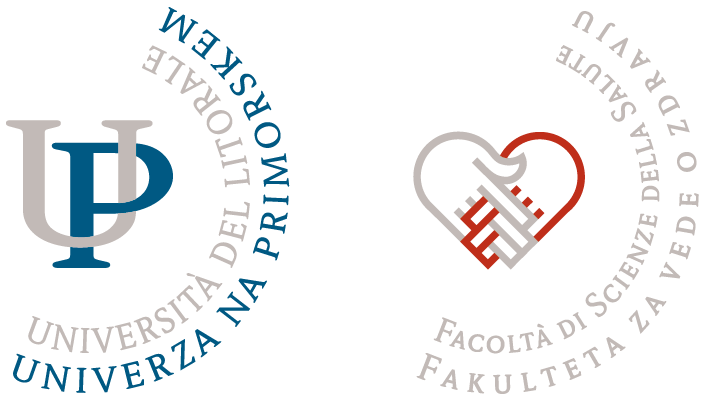Content
- Lectures: 40 hours
- Seminar: 6 hours
- Exercises 20 hours
- Independent work: 114 hours
Subject carrier
Description
1. Historical background and development of microbiology 2. Structure and
function of prokaryotic and eukaryotic cells 3. Distribution of microorganisms
4. Viruses 4.1. Morphology and structure 4.2. Taxonomic division 4.3.
Reproduction 4.4. Methods of proof 4.5. Types and pathogenesis of viral
infections 5. Prions 6. Bacteria 6.1. Normal microbial flora 6.2. Cell
morphology and structure 6.3. Taxonomy 6.4. Reproduction 6.5. Metabolism 6.6.
Methods of proof 6.7. Spread and pathogenesis of bacterial infections, toxins
6.8. Treatment and antibiotics 7. Immune response and microbes 7.1. Structure
and role of the immune system 7.2. Innate immune system 7.3. Inflammation 7.4.
Complementary system 7.5. Acquired immune system 7.6. Primary and secondary
immune response 7.7. Antibodies and immunoglobulins 7.8. Hypersensitivity
reactions 8. Fungi (molds, yeasts) 8.1. Cell morphology and structure 8.2.
Reproduction 8.3. Pathogenesis of fungal infections 8.4. Diagnosis of fungal
infections 9. Unicellular protozoa 10. Hygiene and health 10.1. Historical
development 10.2. Hygiene and epidemiology 10.3. Formation and protection
against infectious diseases 10.4. Hygiene and sanitation 10.5. Methods and
procedures for the removal of microorganisms 10.6. Aseptic procedures, DDD 11.
Food microbiology 11.1. Microbiological criteria and microbiological quality
11.2. Determination of microbial mass 11.3. Growth and cultivation of
microorganisms micronutrients, macronutrients 12. Metabolism and fermentation
processes 13. Influence of microorganisms on food spoilage 14. Protection of
food against microbiological spoilage (antimicrobials and preservatives,
bio-preserving, probiotic bacteria) 15. Microbiologically unsuitable foods as a
source of infection, poisoning, allergies 15.1. Bacterial infections and
poisonings 15. 2. Characteristics and types of viral infections

